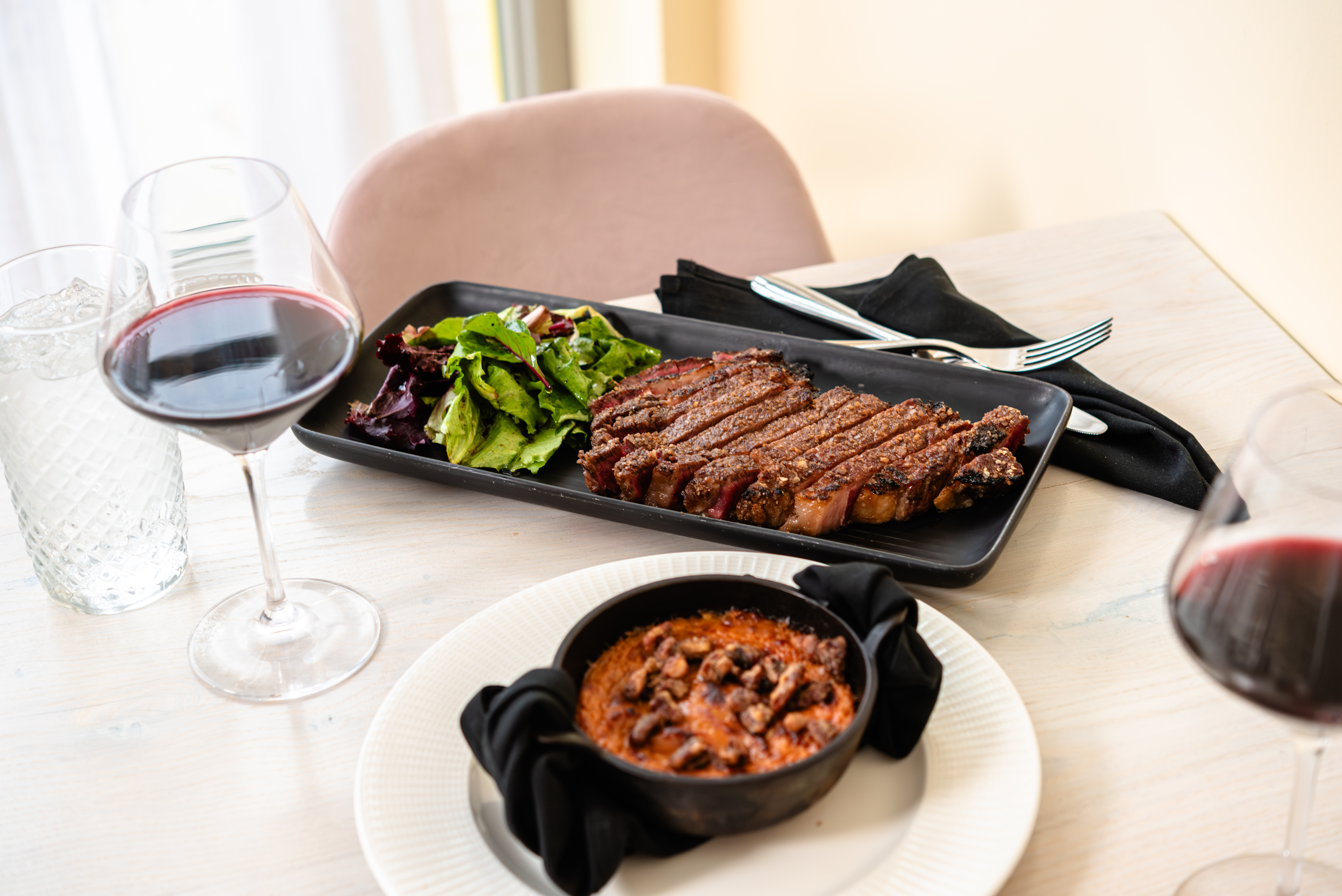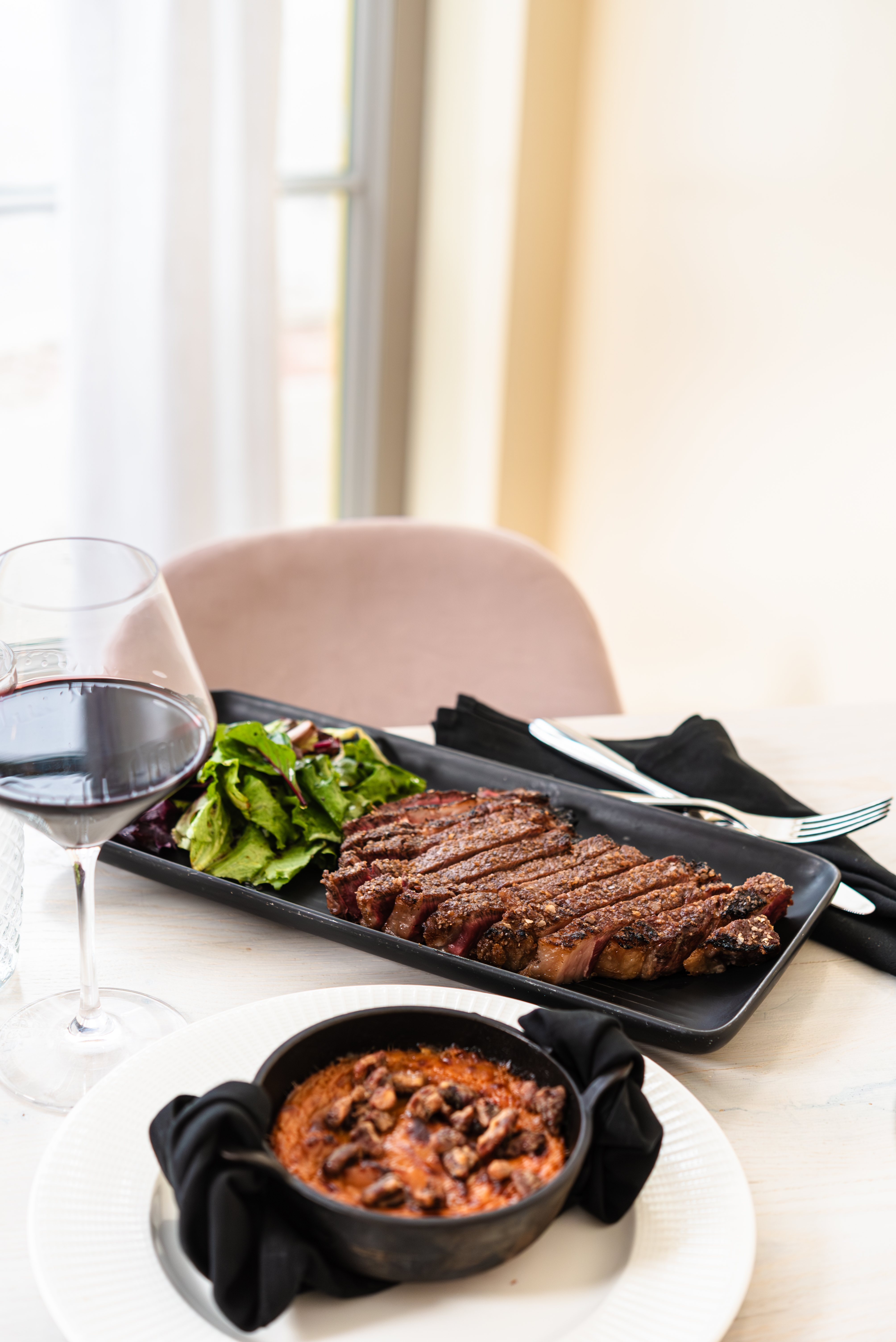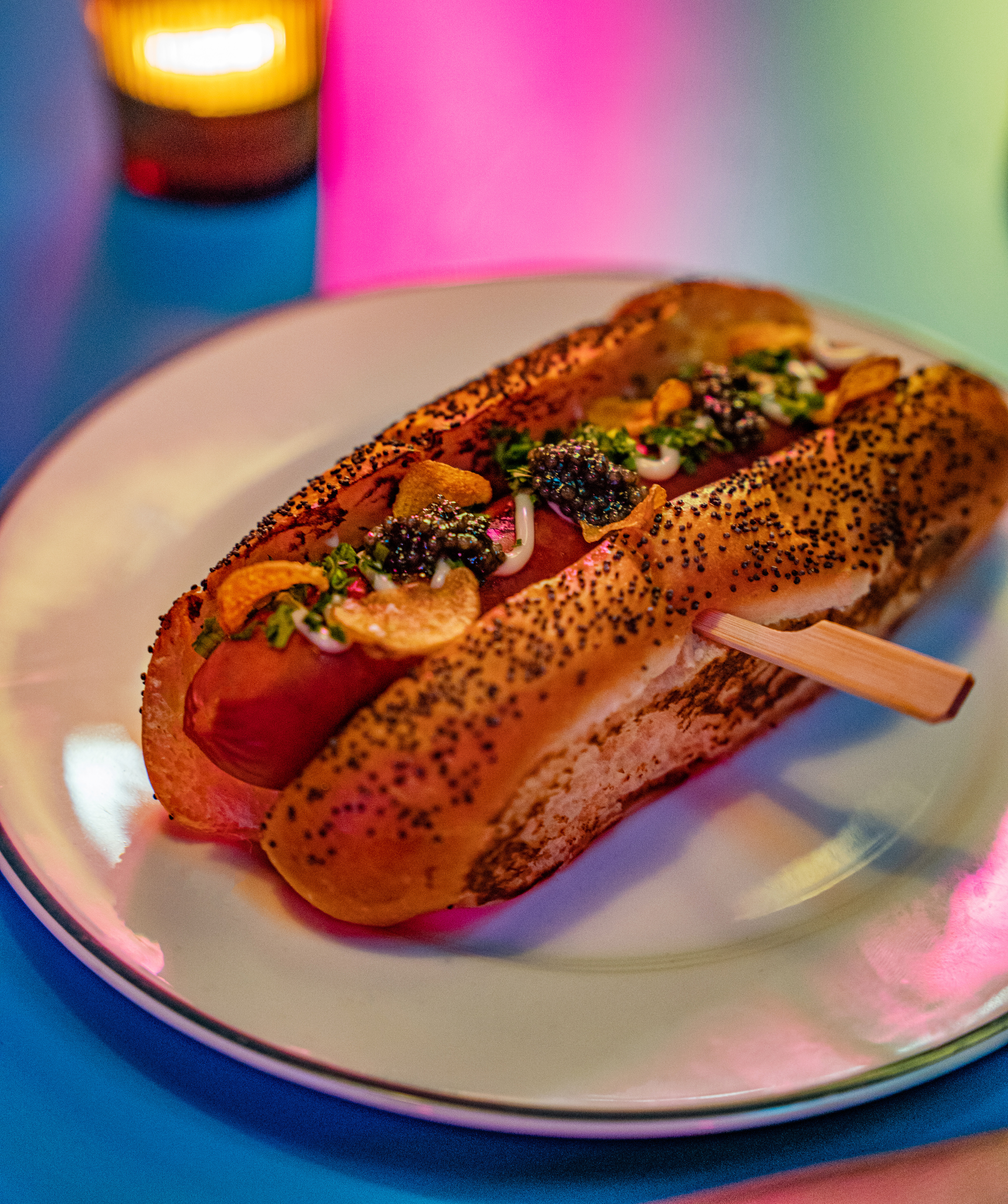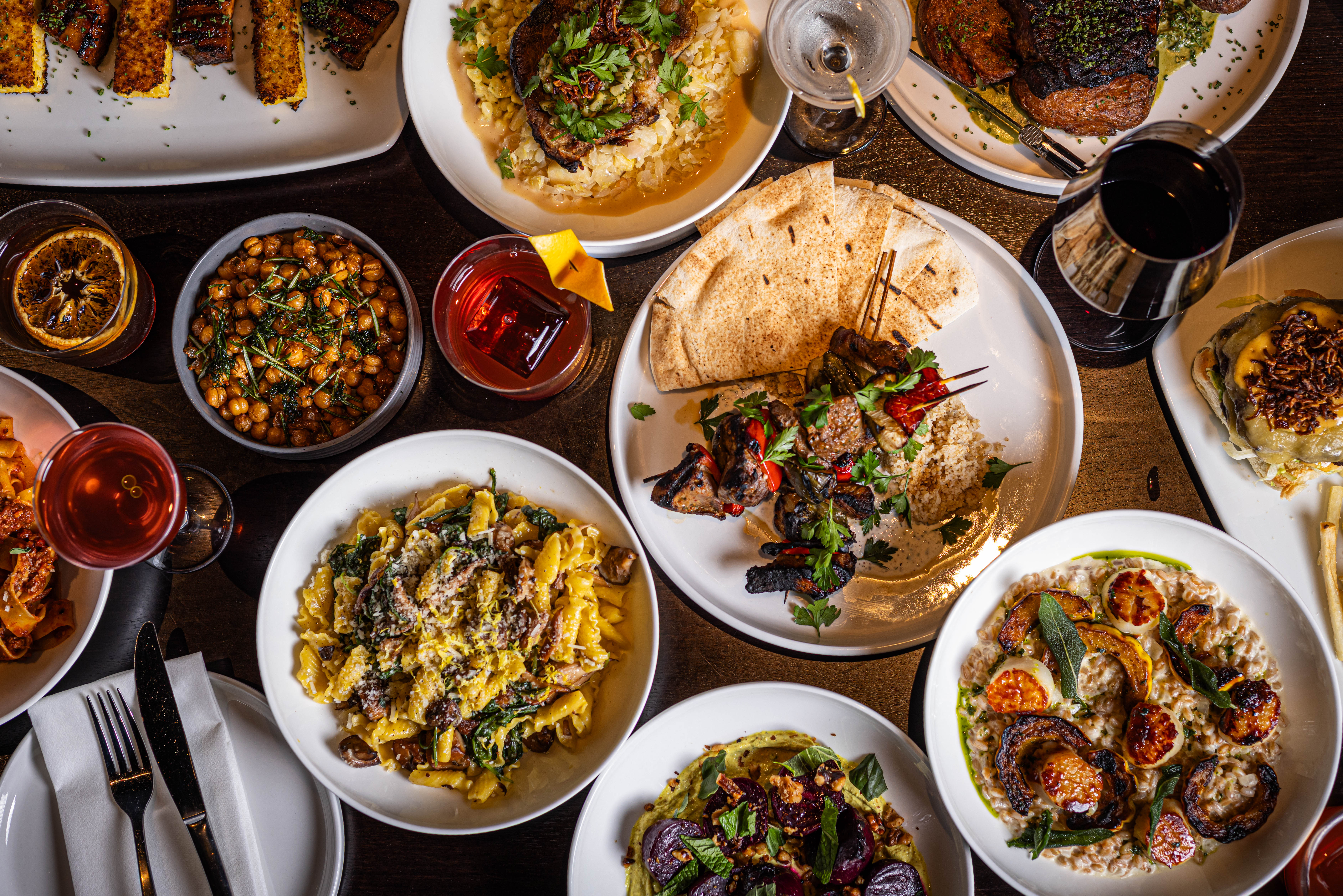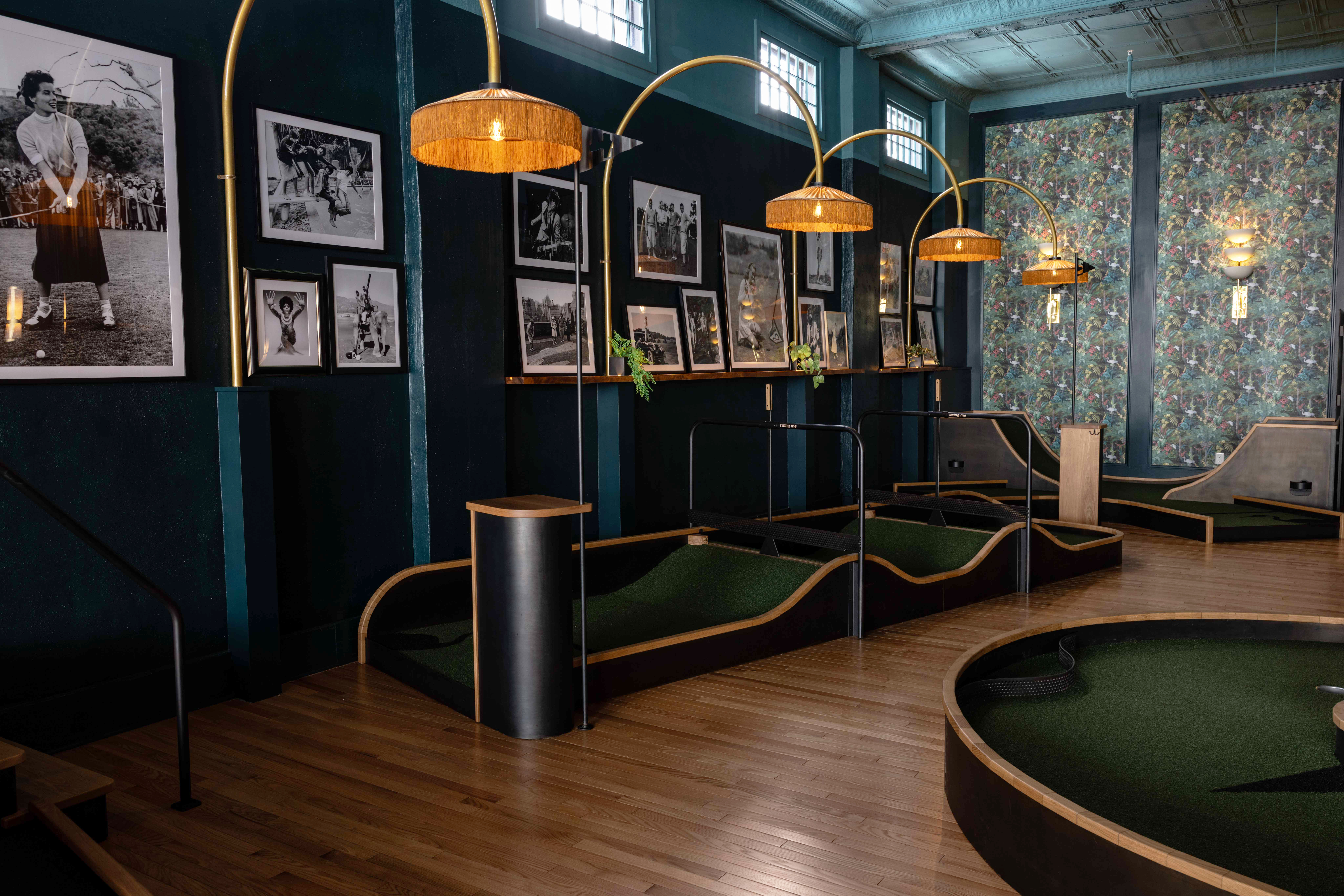Shiraz a Sure Thing
Bold Aussie red warms up the winter months.
by Marianne Frantz | Jan. 30, 2006 | 5:00 AM
While the Northern Hemisphere vineyards lie comfortably dormant under a blanket of snow, the vines Down Under are busy soaking up their final rays of sunshine before the harvest.
During these critical days, the sugars concentrate, giving each bunch one last punch before it's off to the fermentation vats. And no single red grape does it better than Shiraz. Big and bold, Australia's Shiraz grape produces spicy, concentrated red wines that are full of ripe fruit and mouth-warming alcohol. The country's warm climate provides plenty of hang time on the vine so the grape naturally develops loads of sugar that is then converted to alcohol during fermentation.
In France, the same grape - called Syrah and native to the Rhône Valley - is crafted into firm, peppery, tannic wines requiring years in the cellar. Aussie-styled Shiraz is riper, with more concentrated fruit flavors to mellow the tannins, and is less harsh when young. The wines can be crafted into ready-to-drink quaffers or age-worthy sippers capable of retaining their fruity character while gaining complexity as they age.
Once considered inferior to Cabernet Sauvignon, Shiraz is now Australia's most planted and popular red grape. Part of its success is its ability to show terroir or a sense of place; even within Australia the wines exhibit a varied flavor profile by region.
Start exploring Shiraz in the large grape-growing area of South Australia. The region's warmer temperatures and light rainfall produce lush, dense, concentrated wines with savory, rich flavors of stewed plums, licorice, chocolate and lots of alcohol.
More specifically, the famed Barossa Valley and the McLaren Vale regions offer a vast array of moderately priced, quality Shiraz. Aussie Shiraz warms up nicely with robust braised meats, stews and full-flavored dishes such as Southwestern cuisine. A great match for winter's end, grab a gutsy bottle of Australian Shiraz and shake off the winter blues. Sipping a wine made halfway around the world, you'll soon realize that warm weather is just around the globe and spring is desperately trying to make its way to Cleveland. Cheers.
Marianne Frantz, CWE and founder of the Cleveland Wine School, is joined by Anthony Taylor and Keith Morris, of the Lion Group, in selecting wine for this month's Cellar Notes.
2003 Paringa, South Australia Shiraz ($9): Dark ruby, lots of fruit on the palate and a hint of oak; blackberry jam, berry cobbler and a hint of mint. Perfect match for sweet barbecue and Southwestern cuisine.
2003 Killibinbin Shiraz, Langhorne Creek, South Australia ($30): Rich layers of black cherry, plum and spice balanced by crisp acidity and soft tannins. Lots of mouth-warming alcohol provides a long finish. Great alone or paired with lamb.
2004 Three Rings Shiraz, Barossa Valley, South Australia ($19): Sweet aromas of brambly wild berries, blackberry jam, spice and vanilla. Soft tannins, high alcohol and medium acidity. Long bitter chocolate finish makes it a winter sipper.
2003 Hazyblur, Adelaide Plains Shiraz, South Australia ($30): Rich aromas of chocolate-covered cherry and baking spices. Medium-low acidity, lots of alcohol and soft, chewy tannins make this wine gulpable in a glass by itself.
2004 Teusner Shiraz ?The Riebke? Barossa Valley, South Australia ($22): Velvety mouth feel with spicy, meaty and chocolate aromas. Crisp acidity and soft tannins make it a great partner for stews and hearty winter fare.
2004 Marquis Philips Shiraz, South Eastern Australia ($16): Dark cherry, vanilla, caramel corn and blackberry aromas are supported by just enough acid to highlight the flavors. Soft tannins and long finish make it very food friendly.
Trending
-
1
-
2
-
3
-
4
-
5





